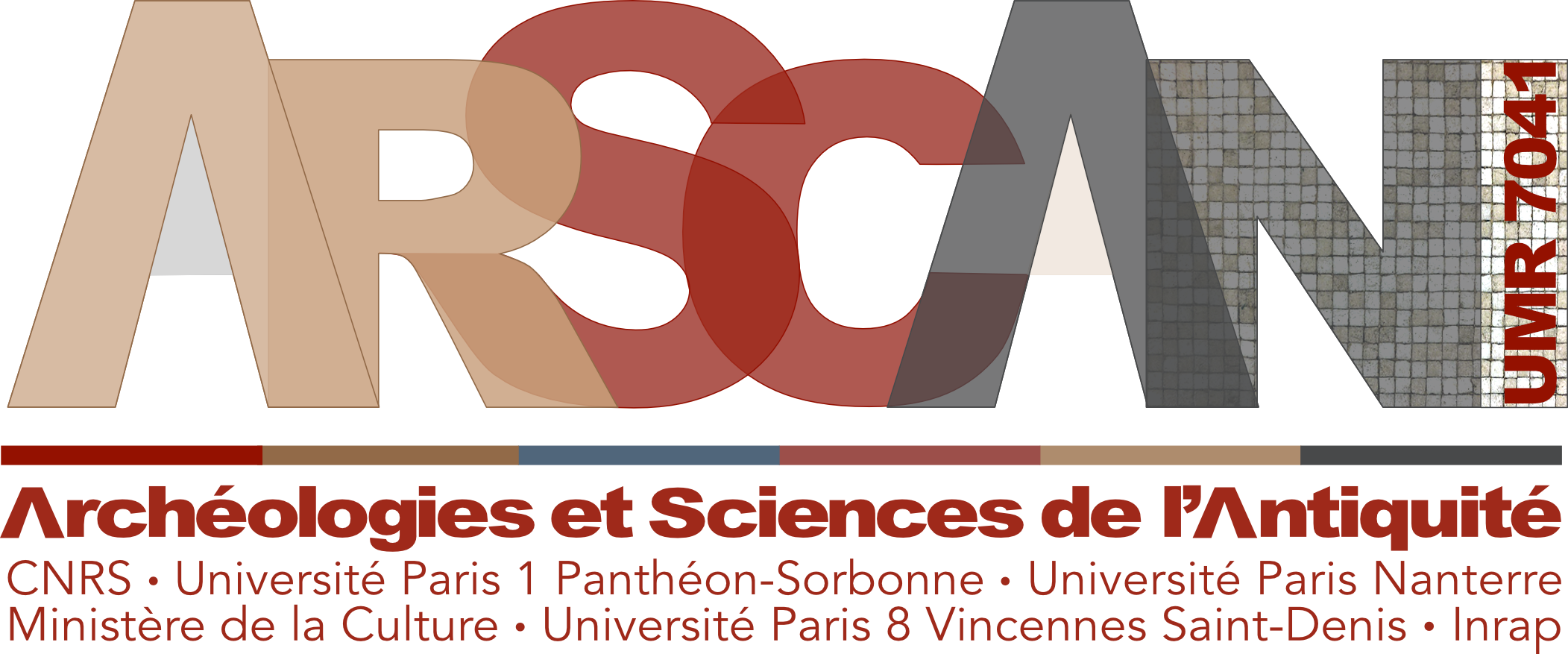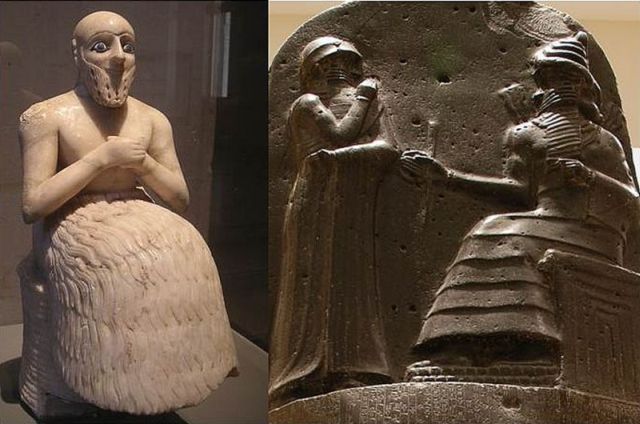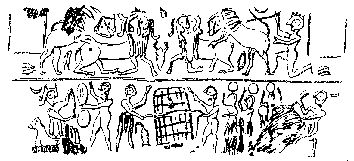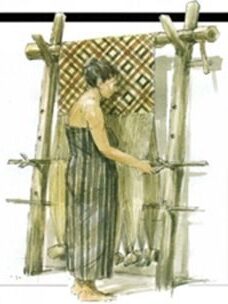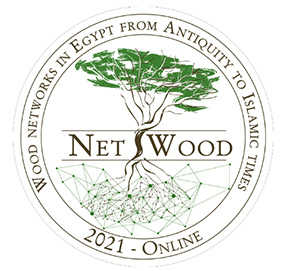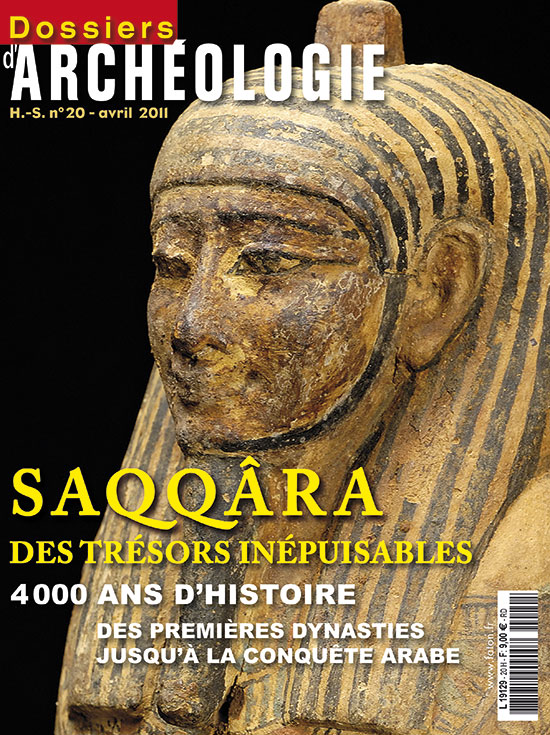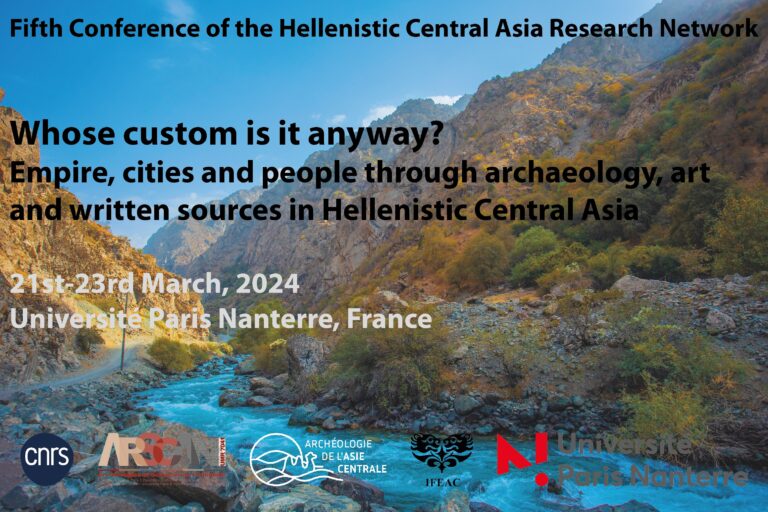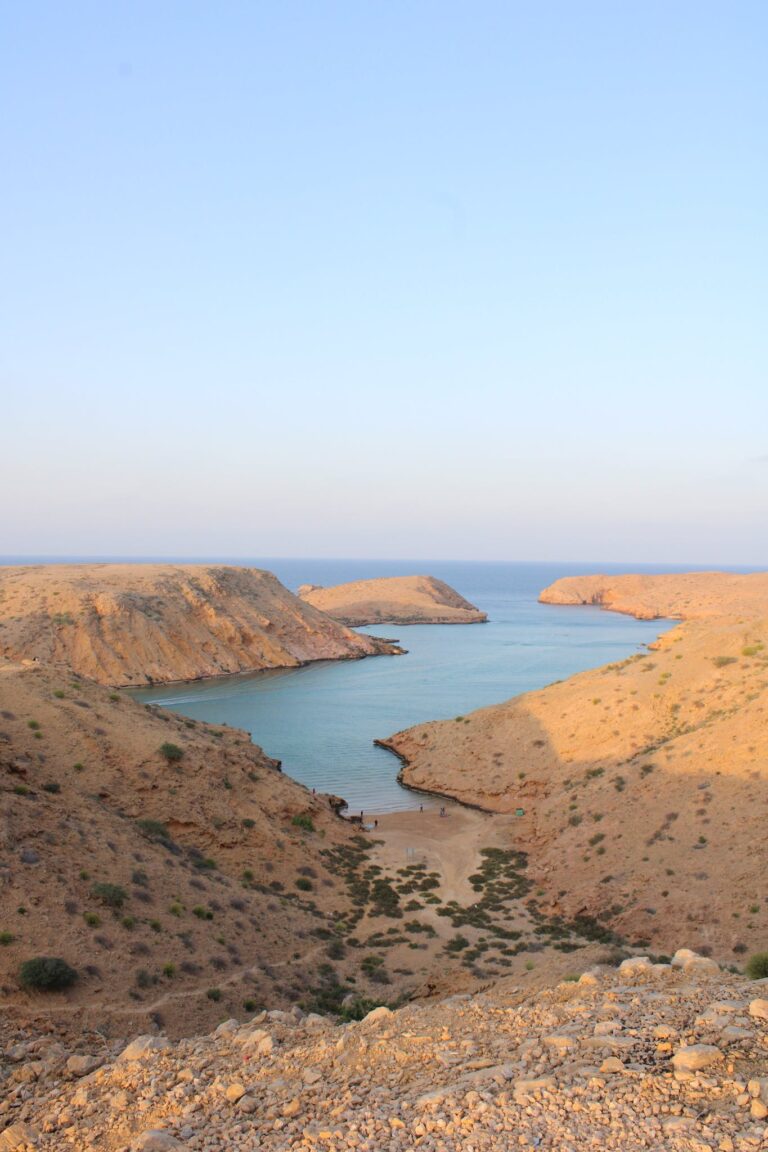Textiles de l’Orient À la Méditerranée (TexOrMed)
Projet International de Coopération Scientifique (PICS)
Convention CNRS – DNRF
Les progrès des techniques d’obtention du fil et du tissu initiés par un développement de l’élevage ovin et des choix socio-économiques font de la Mésopotamie le « pays de la laine » à partir du IIIe millénaire. Des manufactures de tissage amènent la production d’étoffes sur une échelle alors inégalée. Cette transformation a eu des incidences sur la gestion des ressources naturelles, la politique des États, le commerce international et l’émergence des identités individuelles et collectives à travers le développement de « modes » vestimentaires. Cette révolution peut être observée de l’Egée à l’Asie, faisant de l’étude du phénomène un laboratoire interdisciplinaire. Historiens des textes, des images, archéologues, spécialistes des paléo-environnements ou des techniques anciennes peuvent confronter approches, acquis et perspectives. TexOrMed propose de fédérer leurs efforts pour reconstituer les processus qui ont amené l’émergence de la première forme industrielle de l’Antiquité.
Ce projet PICS associe des chercheurs du DNRF Centre for Textile Research (dir. M.-L. Nosch) et des chercheurs français de plusieurs laboratoires du CNRS (ArScAn, Archeorient) et une équipe universitaire (CHEC), la coordination étant assurée par C. Michel.
Ce programme s’inscrit dans la collaboration entamée en 2005 entre C. Michel (Visiting Professor au CTR en 2008) et M.-L. Nosch (Directrice du CTR), avec un financement dans le cadre de la convention CNRS-DNRF (2008-2010). Elles ont organisé un European Science Foundation Exploratory workshop intitulé Textile terminologies in the ancient Near East and Mediterranean from the Third to the First millennia BC, Copenhague 4-8 mars 2009, publié en 2010 :
- Cécile Michel & Marie-Louise Nosch (eds.),
- Textile Terminologies in the Ancient Near East and Mediterranean from the Third to the First millennia BC
- Ancient Textiles Series 8, Oxford : Oxbow Books, 2010
Thousands of years of technical developments, improvement of the manufacture of threads and fabrics, and the domestication and establishing of animal husbandry have coined Mesopotamia from the 3rd millennium the homeland of wool. Large scale factories carried production of fabrics and clothes to an unprecedented level. This transformation radically modified the natural environment, the political landscape and international trade and networks, but also enabled new visual expression of individual and collective identities and the appearance of ‘fashions’. This phenomenon and its deep impact on societies can be observed from the Aegean to Asia in a multitude of sources and involving many experts : historians of texts and images, archaeologists, craftspeople testing techniques and textile tools, palaeobotanists, and palaeozoologist. TexOrMed will unite these expertises in order to reconstitute the processes which led to the first form of industry in the Antiquity.
This PICS project associates researchers of the DNRF’s Centre for Textile Research (dir. M.-L. Nosch) and French researchers of different CNRS laboratories (ArScAn, Archeorient) and a University team (CHEC).
